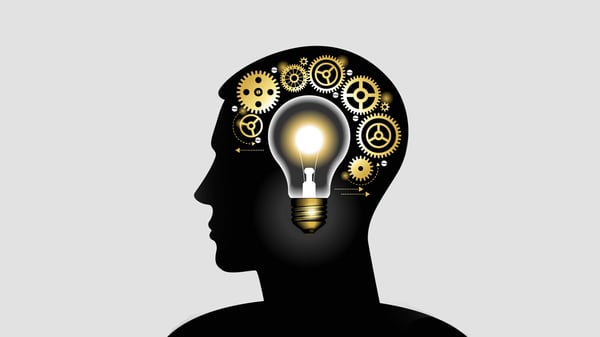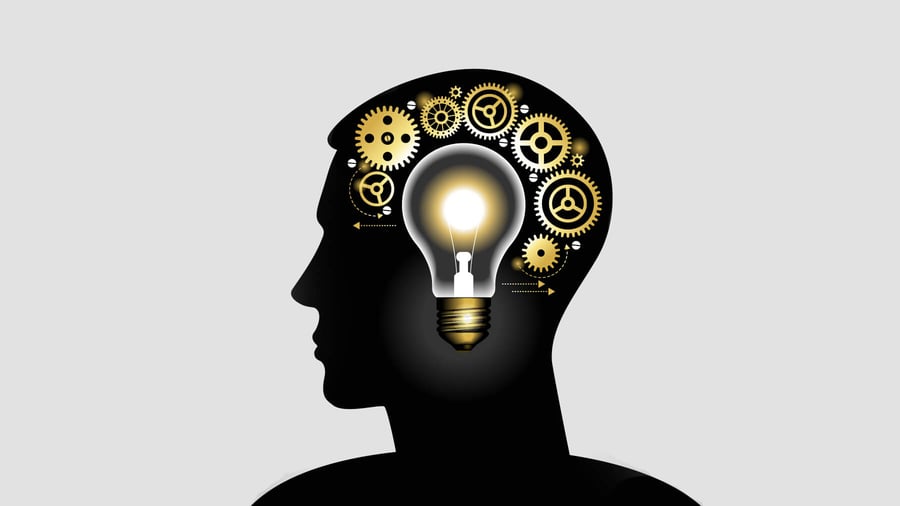


One of Bob Pike’s foundations for participant-centered training is the use of closers, openers, energizers and revisiters (CORE) for having people interact to increase retention and the fact learning should be fun and provide participants with opportunities to practice new skills, apply new information and increase their self-confidence and empowerment. In other words, the trainees should leave feeling impressed with themselves, not the instructor.
How information is presented also affects memory and information retention. Challenging and stimulating experiences increase and strengthen neural networks and therefore allow for greater connections and ultimately, greater retention. To remember well, Tony Buzan [Use Both Sides of Your Brain] said you need to include the “senses, movement, association, humor, sexuality, imagination, exaggeration, symbolism, color, order, sequence, positivity and numbers.” This research support TBPG’s use of various training techniques that use movement, humor, imagination, color, and exaggeration.
B. Duman [in his presentation The Effect of Brain-Based Instruction Too Improve on Students’ Academic Achievement in Social Studies Instruction at the Ninth International Conference on Engineering Education] explains that brain-based research has concluded that there are six methods to strengthen recall of memory:
notice the importance of emotions,
create effective association,
relate learning to student’s personal life,
use creative repetitions,
remember the importance of first and last and
teach special retention techniques.
Brain based research also discusses training and cognition, or how the brain processes new information. As Maureen Murphy cites in her University of North Texas dissertation [Improving Learner Reaction, Learning Score and Knowledge Retention through the Chunking Process in Corporate Training] puts forth, the brain based approach to cognitive processing indicates that the brain does not receive the training sequentially and chronically. The brain instead takes information and “parses it into categories appending it into existing knowledge or forming new categories.” The “parsing” is unique to each learner but every learner parses and puts new information into categories. This notion of “parsing” supports TBPG’s effective training ideas such as “revisiting, using action plans and graphic organizers, such as “window panes.”
Furthermore, brain based research indicates that learning transfer occurs when the learner applies learning in novel situations and is the result of genuine understanding, not mere rote behavior. When the learner is able to manipulate the new information or retrieve it in their own personalized way, learning will occur.
Duman concurs and states that teaching strategies that enhance brain based learning include using manipulatives, active learning, field trips, guest speakers, and creating real life projects that are attuned to using many learning styles and multiple intelligences.
Don't miss out on updates and chances
to sharpen your skills with participant-centered learning.




3740 N Chestnut St #113 - Chaska, MN 55318-3053